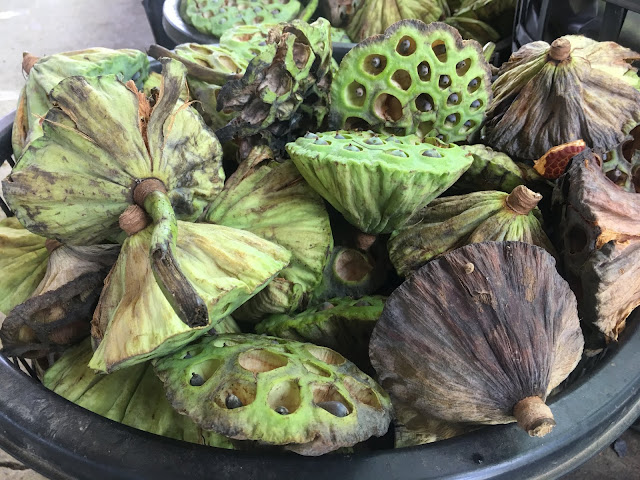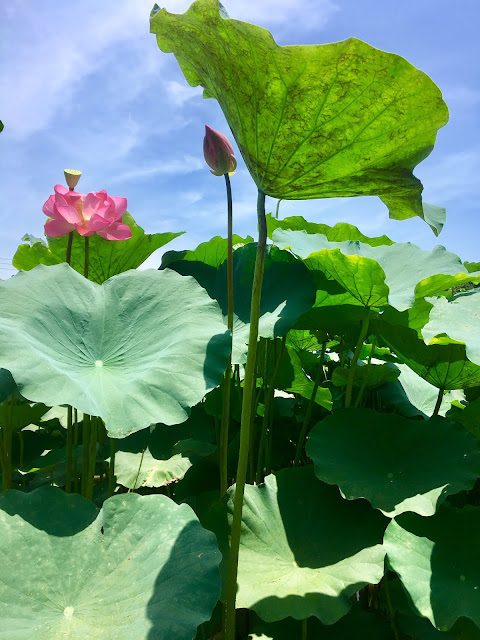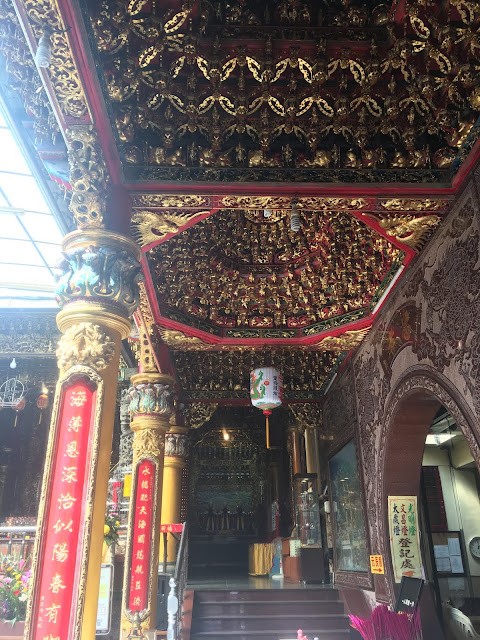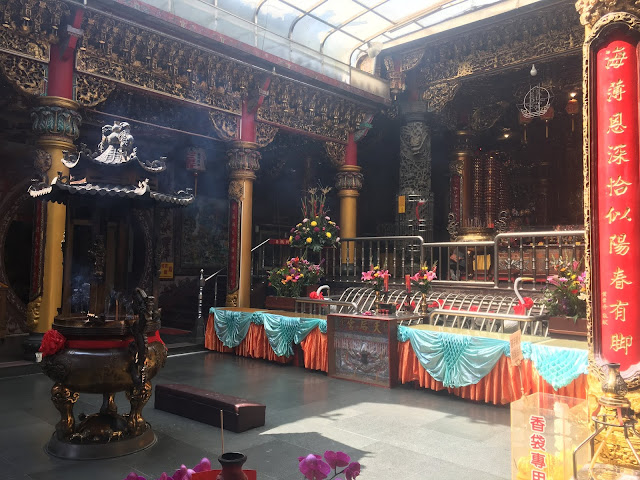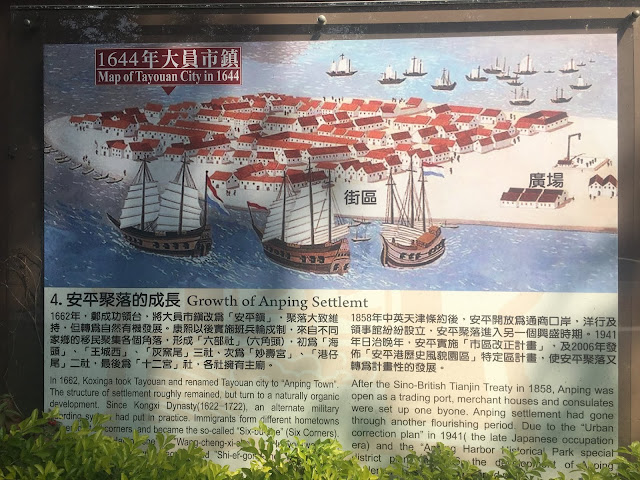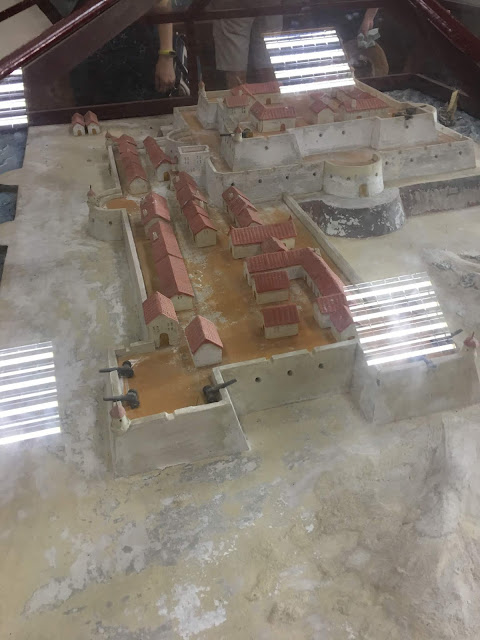We are visiting Baihe District in Tainan, which is well known for its lotus farms. Baihe produces two-thirds of all lotus seeds in Taiwan. Every year, from June to September, the Lotus Festival is held here to promote the tourism industry. The town offers activities such as lotus picking, lotus tea ceremonies, painting, lotus-based meals, and ice creams. The only other place that organizes a Lotus Festival is Taoyuan, which is the second-largest producer of lotus in the country.
Lotus plants have their roots planted in the soil of rivers or ponds, while their leaves either float on the water or grow much higher above it. The flowers, which rise several centimeters above the leaves, are easy to spot. Lotus plants can typically grow up to 150 cm in height and 3 meters in width. The leaves can be as wide as 60 cm, while the flowers are about 20 cm in size.
You can also see water lily ponds around Baihe, as well as giant water lilies. These flowers originally come from the Amazon region. The floating leaves of the giant water lilies are strong enough for kids to sit on. For a fee of about 50 NTD, you can take pictures while sitting on these giant leaves.
Lotus has a very long history, dating back approximately 3000 years, of being cultivated for its edible seeds. The seeds can remain viable for many years. The oldest lotus plant was grown from a 1300-year-old seed found in China. The distribution of this plant ranges from central and northern India through northern Indochina and East Asia. Due to human translocation, these species can now be found in various parts of the world.
In Buddhism, the lotus represents purity of the body, speech, and mind. According to legend, Gautama Buddha was born with the ability to make lotus flowers bloom wherever he stepped. In Christianity, the St. Thomas Cross features a lotus at the base of the cross. In literature, the lotus symbolizes beauty, elegance, perfection, and grace.
Uses of different parts of the lotus
Lotus flowers can be used to brew lotus tea, which relieves heat-related illnesses and helps to stop bleeding. The lotus roots and center are helpful in stopping bleeding and strengthening the liver. The center can also calm the mind, increase sperm count, lower blood pressure, and treat heat-related illnesses. Lotus seeds are rich in starch, protein, and multiple vitamins. They have a sweet, tart, and mild taste. Eating lotus seeds can help with heart, kidney, stomach, and intestinal problems. They can also strengthen muscles and bones. Lotus seeds are processed into mooncakes, noodles, and various food products such as paste, fermented milk, rice wine, and ice creams. Lotus seed tea is also available. Lotus leaves can be used to make rice wraps. The dried leaves are beneficial for a healthier spleen and increased energy, while fresh leaves help relieve excess body heat. Lotus root is rich in vitamin C, B1, B2, protein, amino acids, sugar, and more. It is best for cooling the body and relieving bruises. It can be used as a vegetable or ground and processed into powder for brewing. Cooked lotus root is great for strengthening the stomach and reproductive organs. Lotus knots are rich in tannin, which helps to contract blood vessels. Lotus beard helps increase sperm count and stops bleeding. It can be eaten raw or stir-fried. Lotus stem helps adjust and smooth the life force (chi), relieves chest congestion, and aids in breast growth for women. The fruit stem helps keep the fetus healthy and stops diarrhea.
 |
| Lotus seed ice creams |








